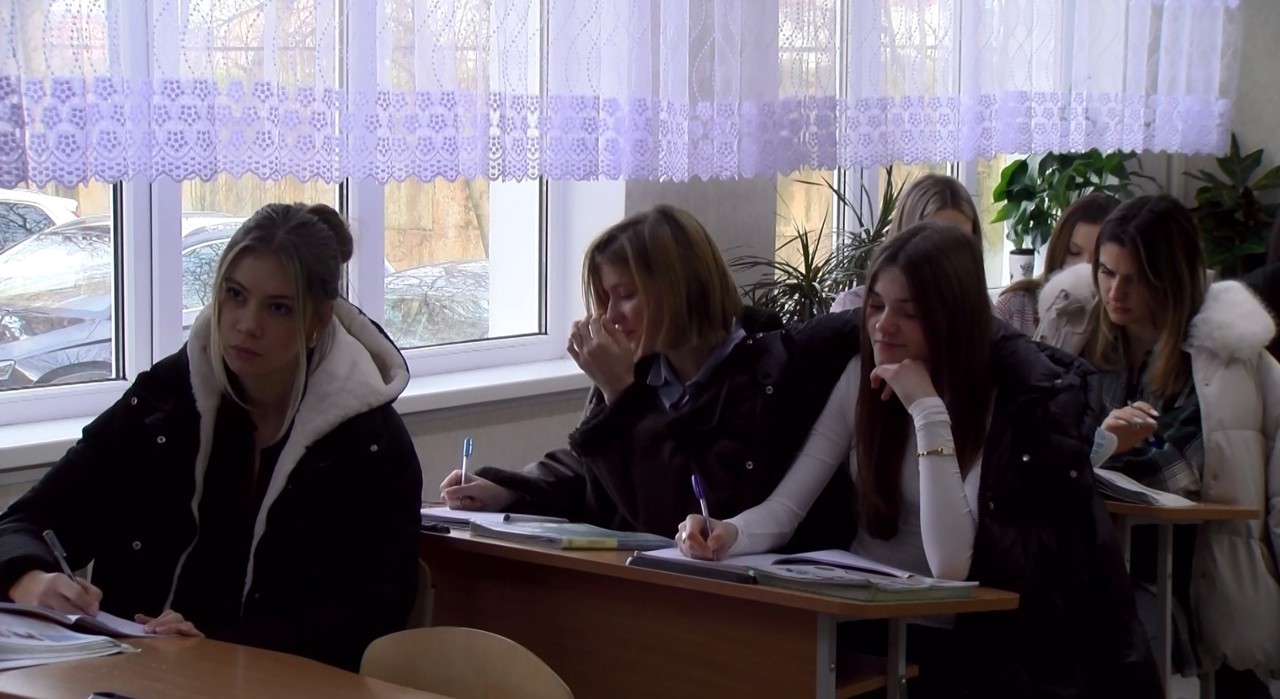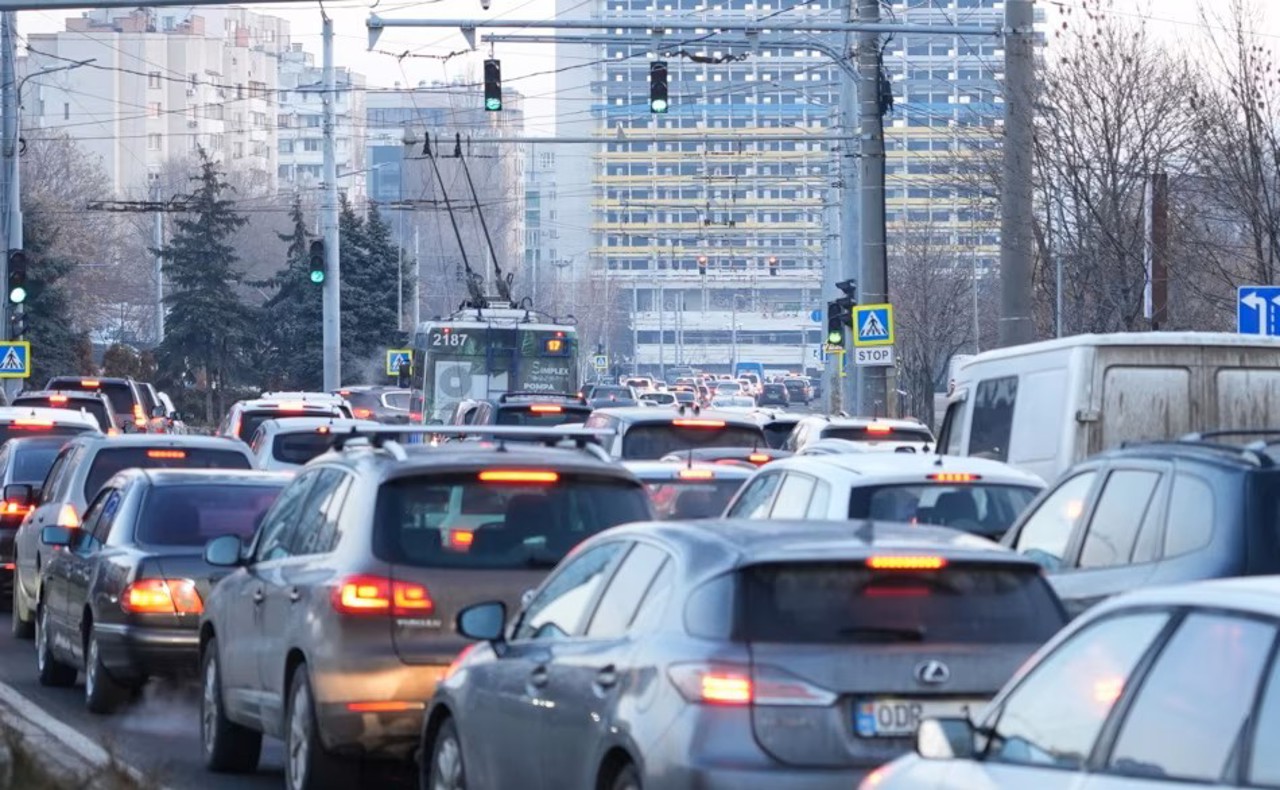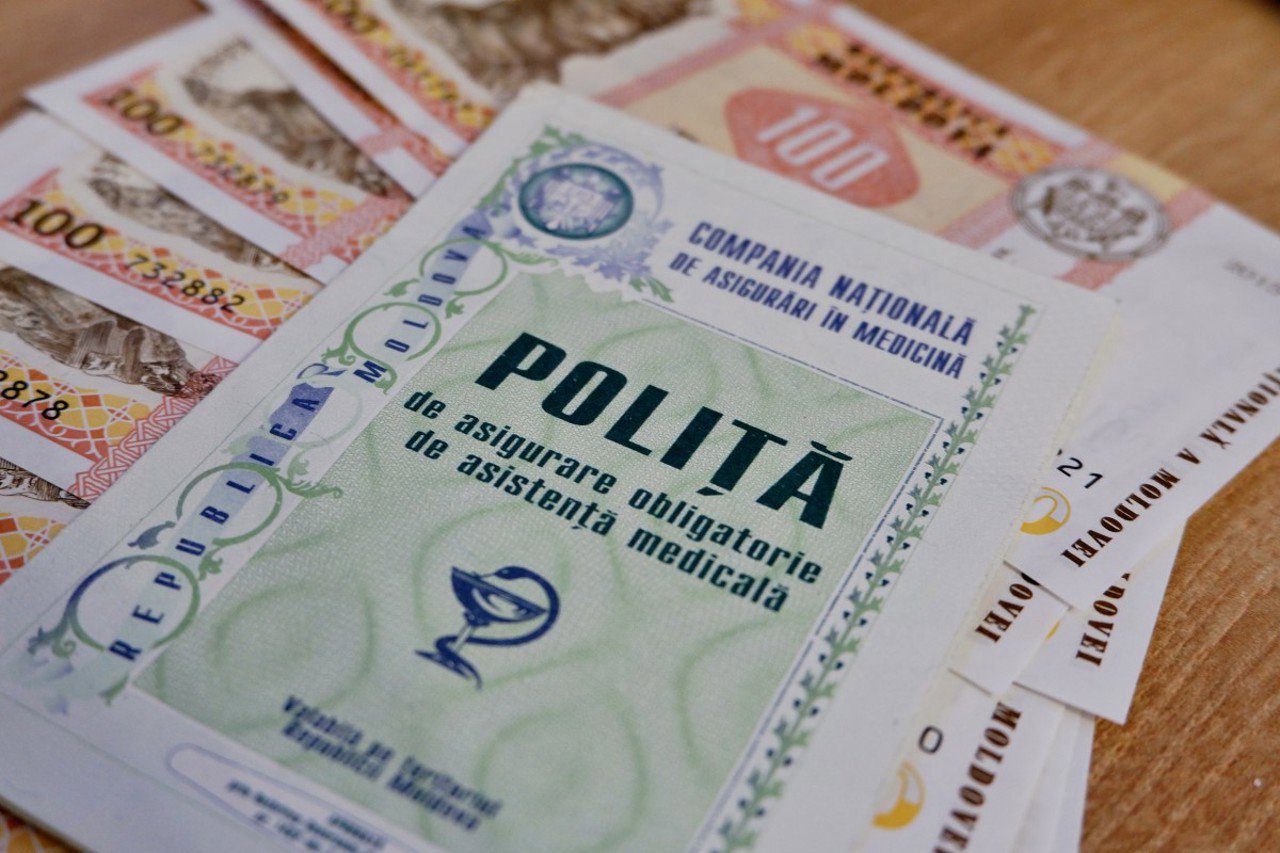How are schools saving on electricity and heating? Students wear thick clothing during lessons
The Ministry of Education has implemented several measures for educational institutions in response to the energy crisis. These measures include lowering classroom temperatures, turning off lights when not in use, and optimizing resource usage in unused spaces. Upon returning from winter break, many students found their classrooms cold and had to dress warmly for lessons.

To manage electricity and heating consumption, several schools in Soroca have adopted various strategies.
"We have a natural gas boiler that operates during the day, from 4:00 AM until 3:00 PM. After that, we turn it off and restart it in the morning. The classrooms are a bit cooler since we've lowered the temperature by two to three degrees. The children are dressed warmly, but with large class sizes, they heat up quickly", said Vasile Baș, the director of “Constantin Stere” Theoretical Lyceum.
“We have slightly reduced our gas consumption, which has resulted in cooler classrooms, but this is manageable since our building is thermally insulated and maintains a stable temperature. We have also encouraged teachers to use more traditional teaching methods, reducing reliance on computers and interactive whiteboards to save electricity”, said Cristina Prisăcaru-Ilies, the director of “Petru Rareș” Theoretical Lyceum.
Students noticed the chill in the classrooms and have adapted by wearing thicker clothing during classes. Some shared their thoughts:
“It is a little colder in the school. The heating has been turned off, and we hope it will be warmer soon.”
“Teachers allowed us to dress warmly because it’s colder in the school.”
We remind you that a state of emergency in the energy sector was declared in mid-December throughout the Republic of Moldova for a period of 60 days. During this time, consumers are encouraged to use electricity wisely between 4:00 PM and 10:00 PM to help lower expenses and ensure a continuous energy supply, maintaining the reliability of the country's electricity system.





